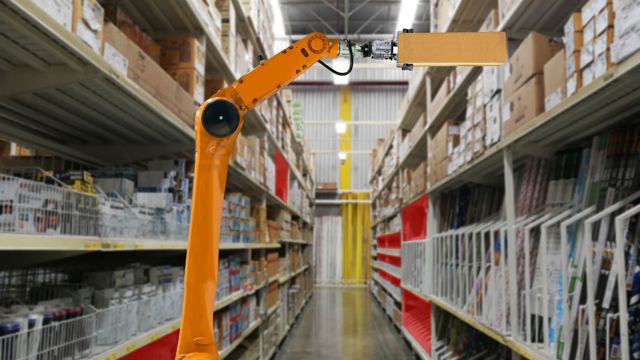Table of Contents
Introduction
This is the second e-book in this series. The first covered inbound supply chain issues and ways to address them. If you haven’t seen it yet, you can read Optimizing Inbound Supply Chain Operations now.
This e-book addresses current trends, issues and challenges in the main customer-facing channels, namely stores and online. Much of the content also applies to those companies with a wholesale channel.
Some of the challenges identified in the Inbound Supply Chain e-book are also challenges for the customer-facing channels and they are recapped here for completeness.
Summary
Sad to say, more retailers are entering Administration because of the various challenges above.
As most retailers know only too well, these issues need to be addressed. In many cases the solution
is to improve key business processes by automating those parts of each process that can be improved
or adapted to suit current challenges. A major part of this is enhancing retailers’ systems, especially
those that support process improvements, and those that provide meaningful analysis on what worked
and what didn’t and tools to help make better business decisions.
In this e-book, we will explore these issues in more depth and highlight some of the solutions retailers
can adopt.





